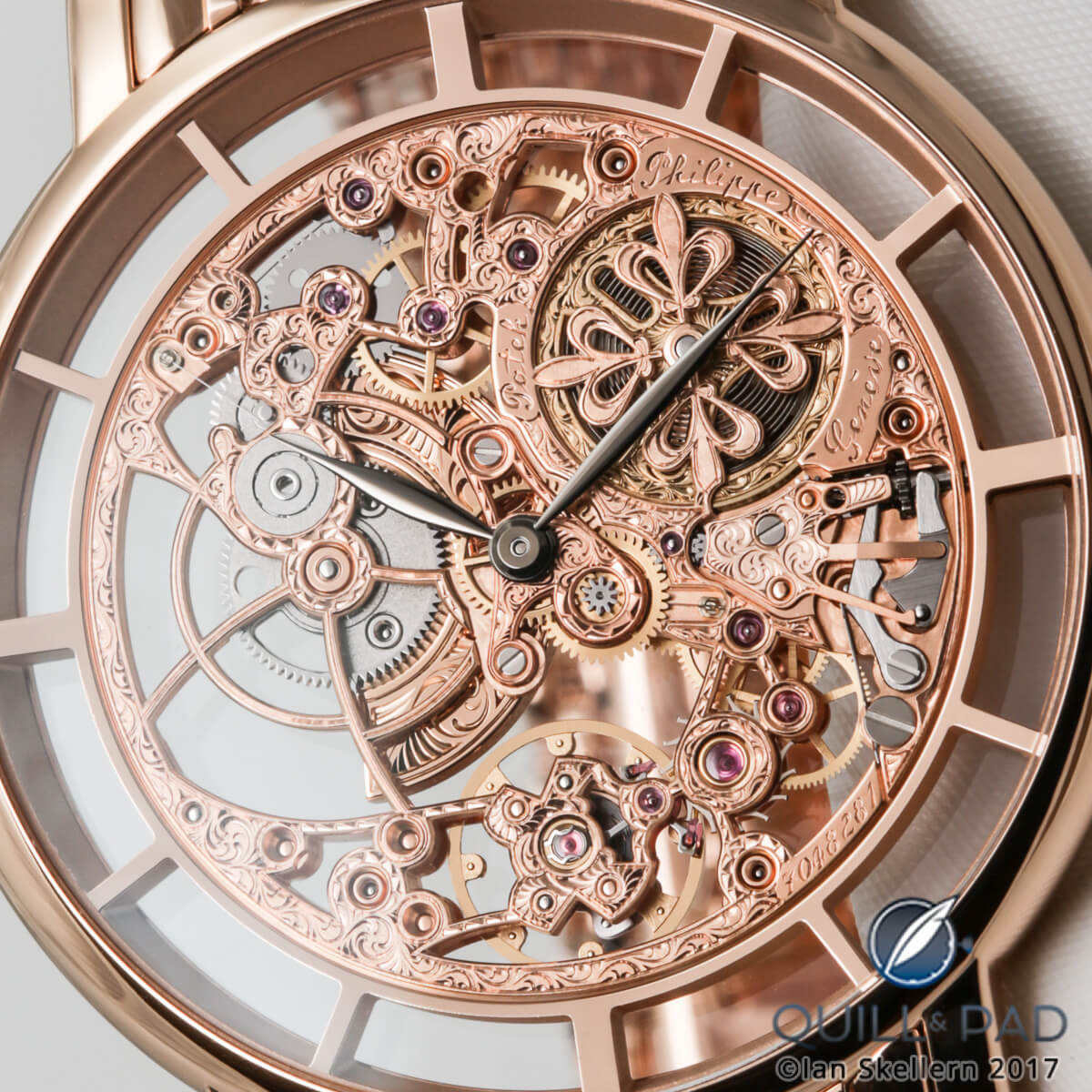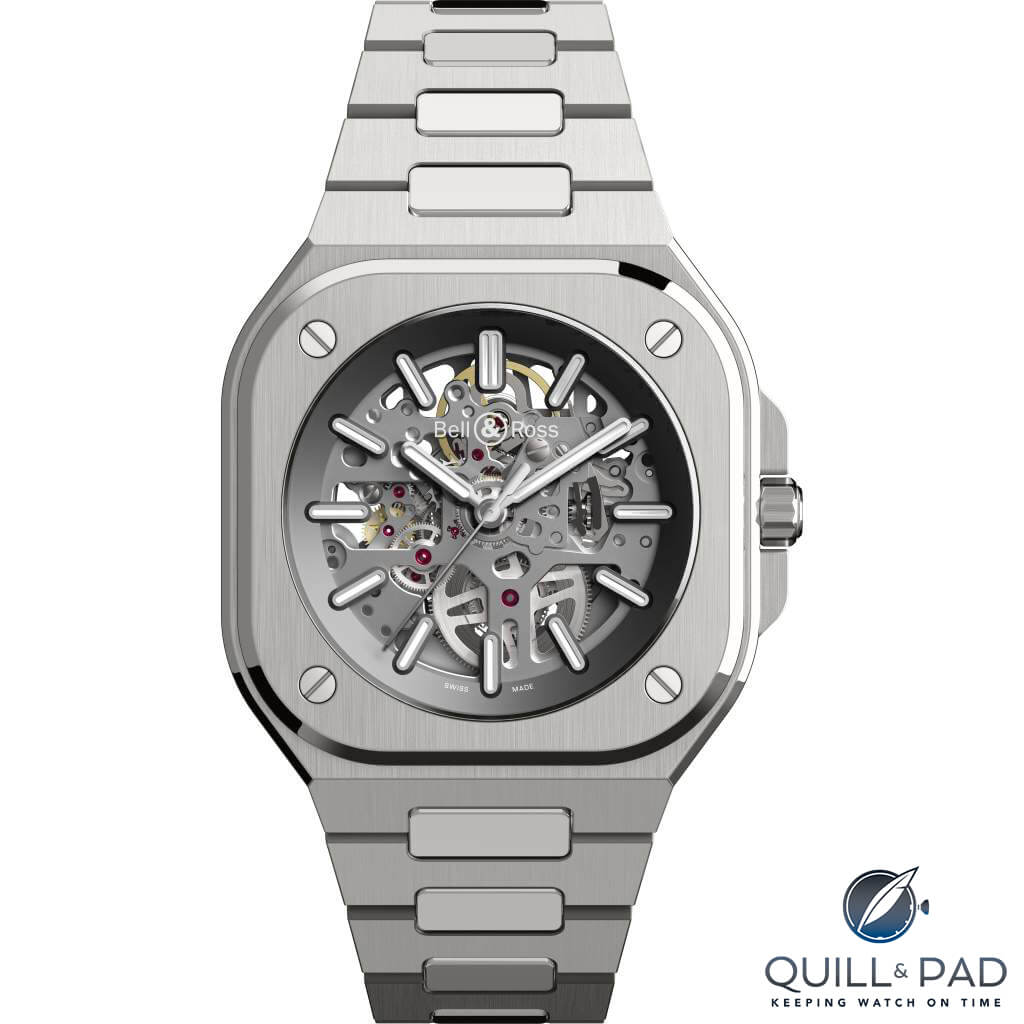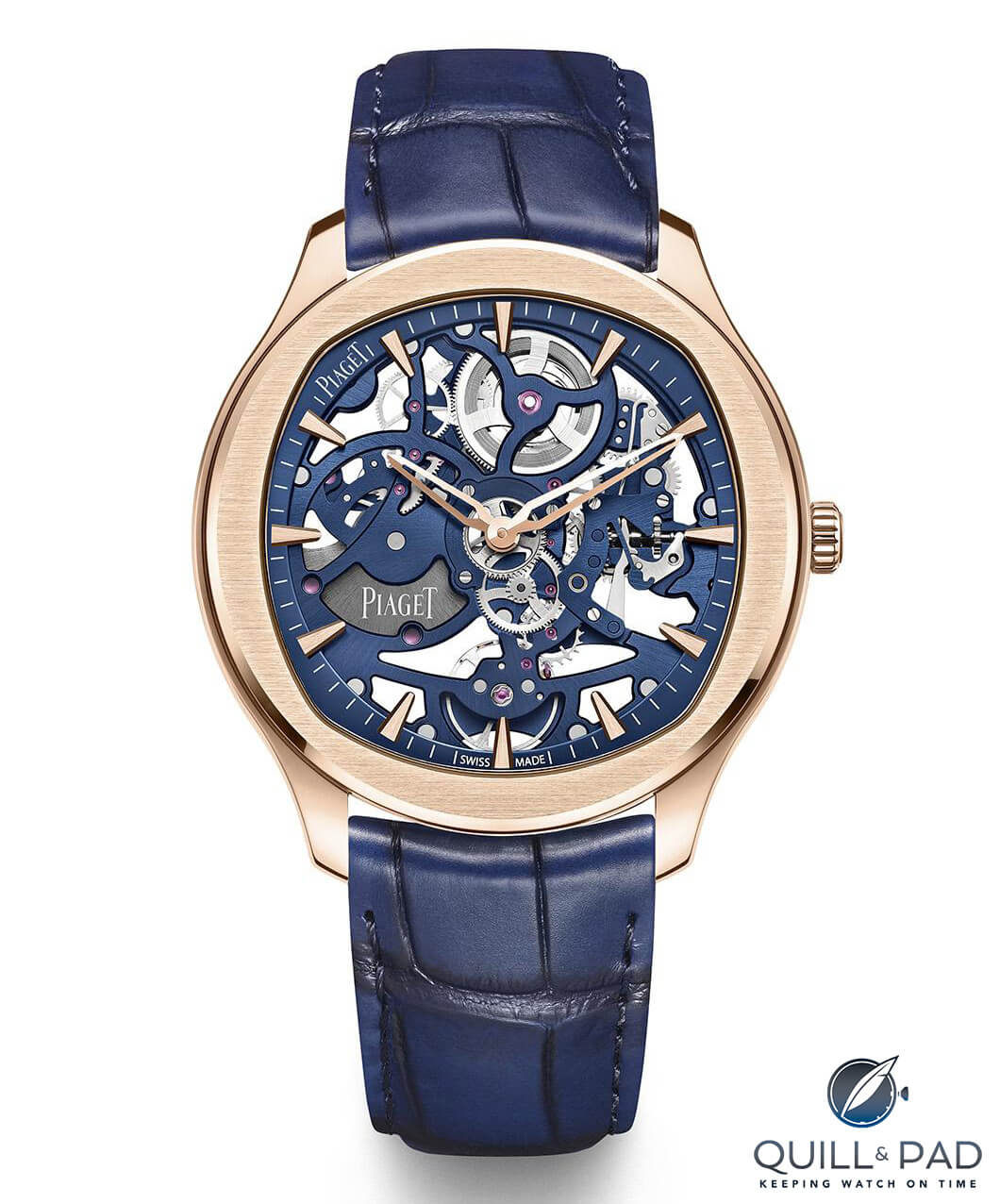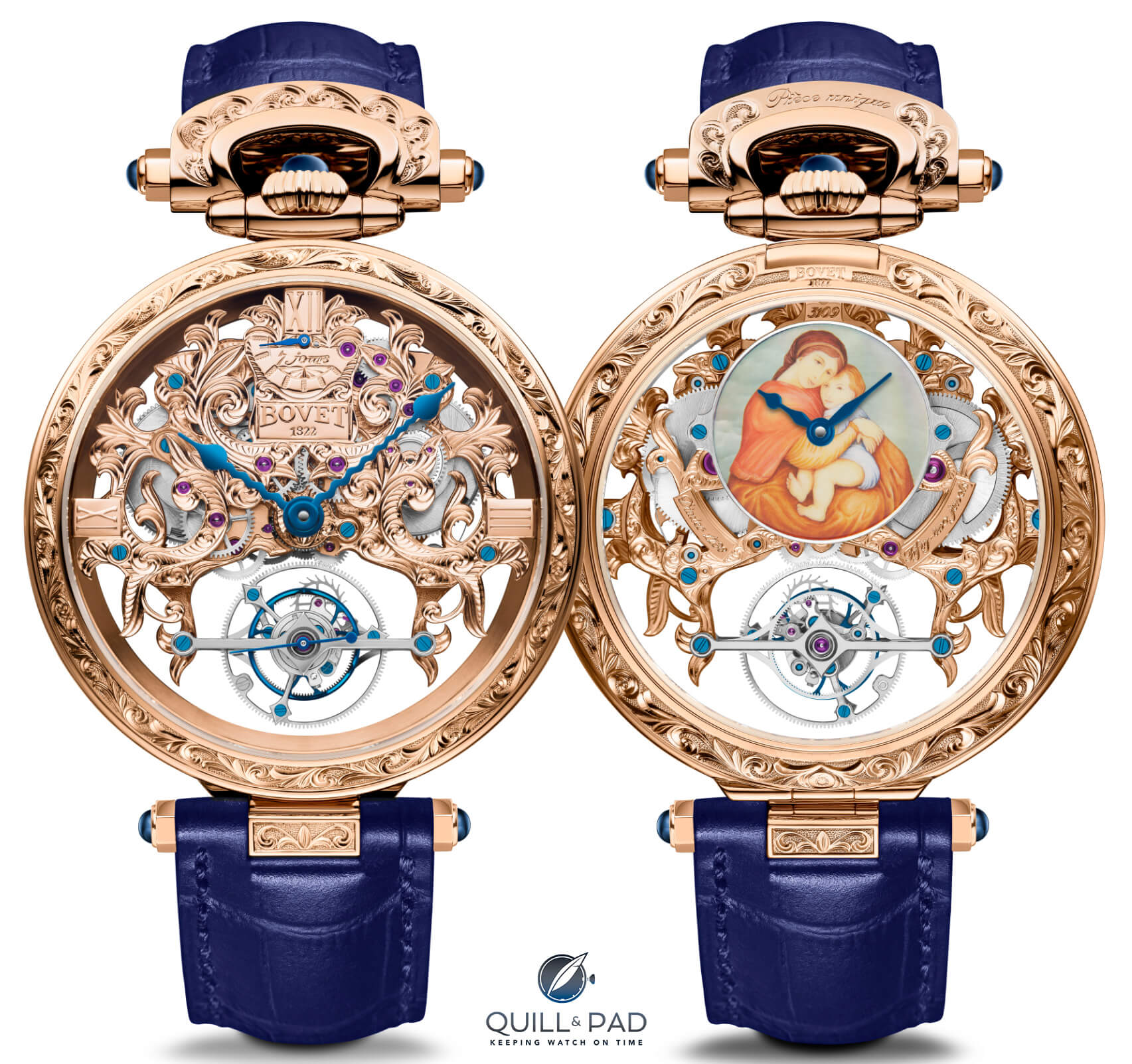Credits: Article and images by Sergio Galanti @ Quill & Pad. See the original article here - https://quillandpad.com/2024/03/28/the-horological-elegance-of-skeleton-watches/
————————————————————————————————-
The engravings alone of the skeletonized Patek Philippe Calatrava required about 130 hours of artisanal work, as described by the brand on its website. The absence of a dial and the presence of a sapphire crystal caseback in the Calatrava Skeleton make it an exciting visual experience.


Patek Philippe Calatrava Squelette Reference 5180/1R-001
The watch’s movement is only 2.53mm thick. It is a statement of the delicate balancing act that skeletonization plays between aesthetic appeal and mechanical integrity. Anything more removed from the movement would make it too fragile and its chronometry would be compromised.


Bell & Ross BR 05 Skeleton
During the last 20 years, advances in computer-aided design and manufacturing (CAD-CAM) have made the production of skeletonized movements more accessible to more brands. Using modern technology, watchmakers can pre-engineer a skeleton movement, to deliver maximum visual impact with designs that are impossible to replicate by hand.
Calculations can be made to evaluate the torsional limits of the materials used in the movement and the exact amount required, which reduces waste. Modern lighter and stronger materials such as titanium and forged carbon introduced from the aerospace and F1 racing industries have further enhanced the structural resistance of skeleton movements.
Like or hate it
Not all watch enthusiasts agree with the idea of skeletonization: legibility and fragility are often the undesired outcomes of skeletonization. Openworked watches with fully skeletonized movement do not facilitate the reading of time, as the hour and minute hands are lost in the intricate architecture of the movement.
When the number of components increases because of a complication, the architecture of the movement becomes complex, without a discernible design or logic, and may lack the three-dimensional perspective that is usually expected in skeleton watches.
Today, the use of coloration has helped simplify the reading of time. Coloring techniques like Physical Vapour Deposition (PVD) are frequently used in high-end watches to color bridges, main plates, and the wheel train.


Piaget Polo Skeleton
In the Piaget Polo Skeleton, a blue PVD coating is applied to parts of the movement to create a useful degree of contrast and a three-dimensional perspective that enhances legibility.
There is a growing interest from today’s consumers for skeleton watches and several brands from the mid to high end of the market are offering skeleton watches in their product lines. For these consumers, a skeleton watch is not primarily to tell time but to show off craftsmanship and represent a work of art. It is meant to deliver a unique experience as there are no two skeleton watches that are exactly alike.


Bovet Amadeo Amadeo Skeleton Tourbillon front and back
For these watch collectors and enthusiasts, gazing at the inner workings of the movement, at the rhythm with which they interact with each other, at their craftsmanship and decorations, will deliver a powerful emotion.
* This article was first published in La Rivista magazine in September 2023.
You might also enjoy:
Vacheron Constantin Overseas Perpetual Calendar Ultra-Thin Skeleton (Video)
Bell & Ross BR 05 Skeleton Gold: There’s Visual Value In Precious Metal
Kudoke Real Skeleton Stars In ‘Last Looks’ Feature Film Alongside Charlie Hunnam And Mel Gibson
H. Moser & Cie Pioneer Cylindrical Tourbillon Skeleton: Having a Funky Good Time on Your Own Terms
Piaget Polo Skeleton in Pink Gold: The Power of a Sublime Blue-Gold Contrast
Credits: Article and images by Sergio Galanti @ Quill & Pad. See the original article here - https://quillandpad.com/2024/03/28/the-horological-elegance-of-skeleton-watches/











